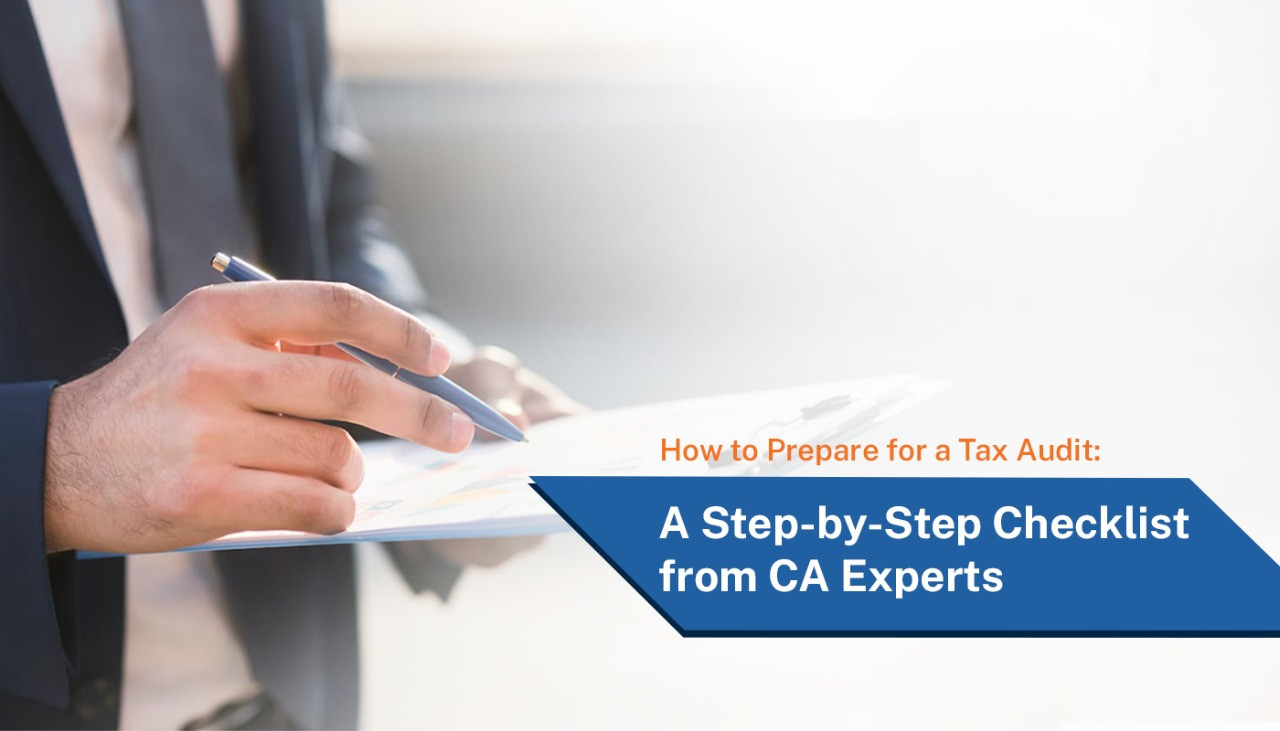


The thought of the Income Tax Department scrutinising your financial records can be daunting. However, a tax audit is often a routine process designed to ensure compliance and transparency. It&'s an opportunity to validate your financial health.
Understanding the Indian Tax Audit Landscape
In India, a tax audit is primarily governed by Section 44AB of the Income Tax Act, 1961. The Act mandates an audit of the accounts of certain individuals & entities based on their turnover or gross receipts.
For businesses, the threshold is typically ₹1 crore (or ₹10 crores if cash transactions are less than 5% of total transactions), and for professionals, it's ₹50 lakhs. Even if you opt for presumptive taxation, an audit might be required if you declare lower profits than the prescribed limit.
Your Step-by-Step Checklist for a Smooth Audit
Here's how to prepare methodically:
Understand the Audit Notice Thoroughly
The first & most critical step is to carefully read and comprehend the audit notice. It will specify:
● The assessment year(s) being audited
● The specific areas or documents the auditor wishes to examine
● The type of audit (e.g., correspondence, office, or field audit)
● The deadline for submitting documents or appearing for the audit
Gather and Organise All Relevant Documents
This is where meticulous record-keeping truly pays off. Prepare a systematic file for each assessment year under audit, containing:
Financial Statements: Profit & Loss Account, Balance Sheet, Cash Flow Statement
Books of Accounts: Cash Book, Ledger, Journal (if the mercantile system is followed).
Bank Statements: For all bank accounts linked to your business/profession.
Invoices & Receipts: Sales invoices, purchase bills, expense receipts, and payment vouchers. Ensure serial numbering and proper details.
Payroll Records: For businesses with employees.
TDS/TCS Certificates: Form 26AS, Form 16/16A, etc.,
GST Returns and Records: If applicable, ensure reconciliation with your books.
Loan Documents: Agreements, repayment schedules, and interest certificates.
Fixed Asset Register: Details of additions, deletions, and depreciation calculations.
Previous Tax Returns and Audit Reports: For the years under review.
Contracts & Agreements: Relevant to your business or professional income/expenses.
Reconcile Your Records
Before the auditor begins, perform an internal reconciliation of your financial data.
- Match bank statements with your cash book and ledger entries.
- Reconcile GST returns with your sales and purchase records.
- Verify TDS/TCS reflected in Form 26AS with your books.
- Ensure depreciation calculations are accurate as per the Income Tax Act rules.
Review Your Tax Returns & Be Prepared for Communication
Go through the tax returns filed for the audited years. Understand the income reported, deductions claimed, and tax paid. Identify any areas that might raise questions. Maintain a professional and cooperative attitude during the audit.
- Respond to all queries promptly and accurately.
- Provide only the information requested; avoid volunteering unnecessary details
- If unsure about a question, politely ask for clarification.
A CA’s Role
A CA plays a pivotal role in managing documentation. From advising you on which documents are required to helping you organise them efficiently, they ensure your paperwork is audit-ready.
If needed, your CA firm can represent you directly before tax authorities. Their deep understanding of the audit process makes them ideal intermediaries, ensuring your case is presented clearly and confidently. Their involvement not only improves your chances of a favourable outcome but also alleviates much of the stress associated with audits.
Conclusion:
With disciplined preparation, organised records, and the expert guidance of a CA firm, you can approach the audit confidently and compliantly. The key is to be proactive and treat the audit not as a threat but as an opportunity to affirm the financial integrity of your business.